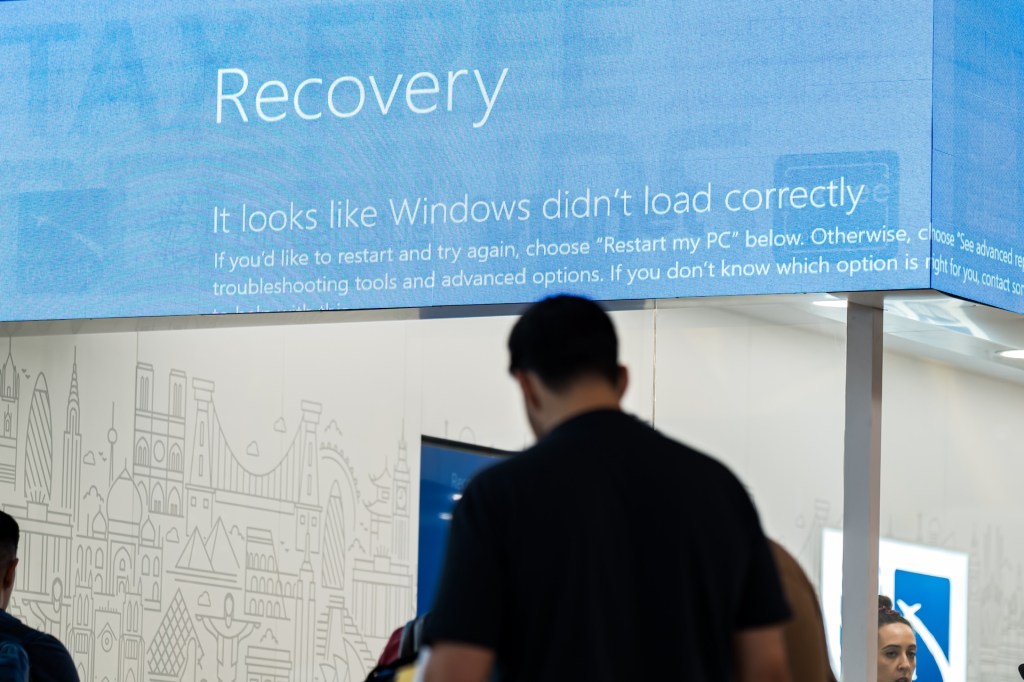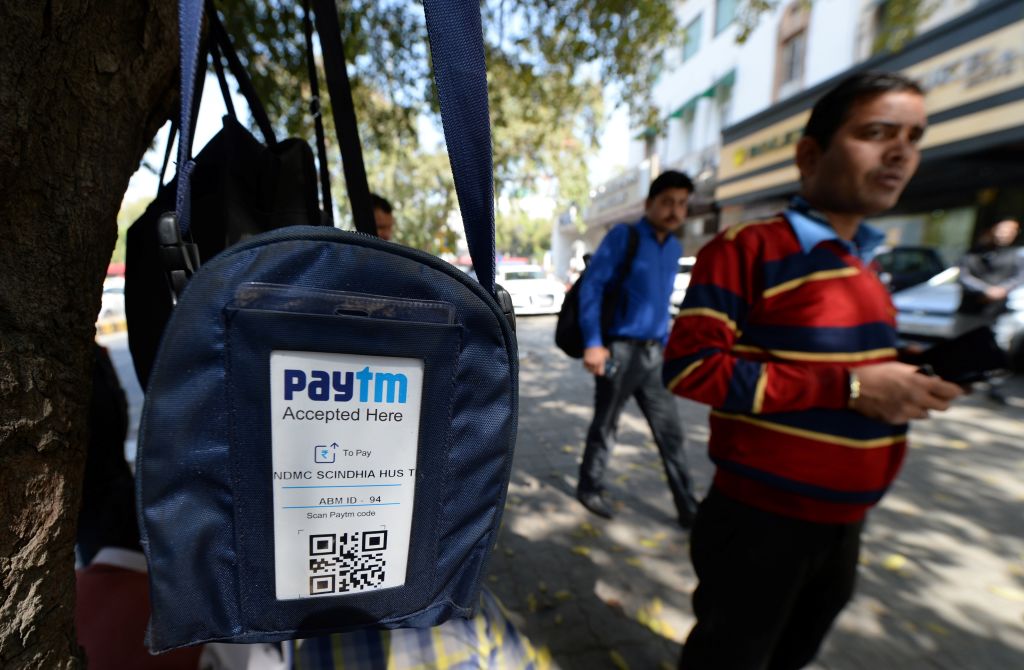Mariano Gomide de Faria
Legacy digital commerce architectures are no longer sustainable in today’s commerce arena. With every component tightly integrated into a monolithic architecture, a legacy platform’s inflexibility, low reliability, and high maintenance costs make it nearly impossible for a merchant to test and roll out commerce capabilities in sync with consumer expectations.
To address these limitations, many merchants have shifted toward a more flexible commerce architecture — like headless commerce. This structure decouples the front-end presentation of a merchant’s storefront from back-end services like inventory management and payment processing. Headless commerce enables merchants to independently evolve and scale each element of their infrastructure, which reduces risk during system updates and supports the creation of unique customer experiences and functionalities.
Platforms that support headless commerce are API-first, meaning they can facilitate seamless transactions across various customer touchpoints (e.g., desktop, mobile, social, and IoT). However, today’s dynamic digital commerce landscape often demands even more flexibility and customization. This is where composable commerce comes into play.
Composable commerce elevates the concept of headless commerce by enhancing flexibility and adaptability. It not only decouples the front end from the back end, as is the case with headless, but it also separates every element of the commerce architecture, including content management, site search, and personalization. This eliminates vendor lock-in and enables retailers to integrate best-of-breed applications for any functionality.
As a result, merchants gain the flexibility to update individual components without risking disruption to the entire business, allowing them to adapt swiftly to market changes and innovate at scale. But is there such a thing as too much freedom and flexibility when it comes to customization?
Three hidden pitfalls of unlimited freedom
Composable commerce offers unprecedented freedom and flexibility. The problem is that many merchants prioritize these qualities over practicality and rely heavily on best-of-breed applications without considering the implications, inadvertently paving the way for increased complexity.
Here’s what can happen when you compose a commerce ecosystem without a pragmatic approach:
- Costly and time-consuming maintenance: By using third-party applications for every function within your architecture, you commit to the cost and upkeep linked to each. Best-of-breed applications can require custom user interfaces and intricate middleware to ensure interoperability. At scale, this results in a highly complex ecosystem that demands significant technical expertise, resources, and lengthy development periods. It’s simply unsustainable.
- Development knowledge gaps: Over time, members of your development team who were involved in creating your digital commerce will leave the organization, taking with them critical knowledge about the architecture’s integrations and other customizations. Developers typically find it difficult to maintain inherited code, so the developers who fill these roles are likely to restructure or rewrite the code and hinder development progress.
- Lack of value: Embracing the best-of-breed approach without a rollback button often leads to investing equal time and resources in elements of your commerce system that aren’t as critical or don’t deliver as much value to your business as other components. For example, imagine adopting a highly specialized analytics tool to enhance your customer insights. While the tool excels in its domain, its integration requires costly and complex intermediary systems. After investing significant time and resources in configuring and maintaining the analytics tool, you soon realize it does not contribute as much value as anticipated, especially compared to other elements of your commerce ecosystem.
With these concerns in mind, it’s no surprise that Forrester predicts that a third of digital businesses will either abandon or restructure this type of project due to complexity in execution or maintenance this year. Fully best-of-breed commerce systems may seem liberating, but this path can lead to a tech ecosystem that’s resistant to change, expensive, and difficult to maintain — a death sentence in today’s era of efficiency.
The pragmatic composability approach
Composable commerce architectures offer significant benefits, but without the right approach, you may experience challenges similar to the ones you did with legacy architectures. So instead of haphazardly pursuing best-of-breed solutions, it’s time to take a pragmatic approach to composable commerce.
Pragmatic composability is a digital commerce architectural mindset that empowers you to compose custom-built and best-of-breed applications essential to your business while leveraging the native services of a digital commerce platform. By selectively integrating components that deliver a clear competitive edge — while simultaneously leveraging a platform with prebuilt commerce capabilities for everything else — you can create a commerce architecture that ideally suits your business and customers.
To reap the benefits of pragmatic composability, you need to understand your business needs and goals in detail. This enables you to critically assess what matters most to your business so you can dedicate resources to composing applications that offer the most valuable advantages.
This practical and sustainable approach helps you avoid unnecessary complexity and focus your resources on the critical, revenue-driving elements of your business. Additionally, you can test new features and functionality without placing your architecture or business at risk, which is table stakes in keeping pace with a constantly evolving commerce landscape.
Future-proof your digital commerce architecture with pragmatic composability
Organizations that carefully evaluate the elements they compose and prioritize those that provide tangible business benefits achieve their goals more quickly and efficiently. According to a recent study from Forrester Consulting, commissioned by VTEX, enterprise companies can save up to $5.8 million when composing native and preintegrated commerce capabilities with best-of-breed solutions and custom-built applications that give their business a competitive edge.
Pragmatic composability is the best-of-both-worlds approach that helps you balance customization and maintenance overhead, resulting in a sustainable and cost-effective commerce architecture that supports modernization and growth for your business.































Comment